The A-Z of everything veterinary (and animals): C is for Conservation

Siôn Rowlands
C is for Conservation
One definition of conservation reads: careful preservation and protection of something.
A pithy, unambiguous meaning that tells anybody who wants to know how to ensure something, anything, can gain longevity on our watch, preserve and protect it.
I’m interested in conserving anything that warrants preservation; animals, plants, buildings, languages you name it, I’d even defend someone’s right to conserve certain fashion trends, after all, to lose something because of our apathy, or worse still, negligence, is a pitiful indictment.
Of course, I’m particularly interested in the conservation of animals.
Our globe is a delicate ecosystem, with every species of plant, animal, fungus and microorganism playing a vital part in the maintenance of life in some way.
Untold numbers of food pyramids are reliant on the species below to sustain life and those above to control numbers, all oblivious to their interdependencies and all at our mercy in some way or another.
At the bottom of most pyramids are insects. It is estimated that there could be up to 10 million species of insects on earth with approximately 1.4 billion insects for every person on Earth.
Put simply, there are enough insects to go around, but make a dent in the numbers of one layer of food and the impacts reverberate up the chain.
Biocontrol
We (humans) have some questionable entries on our CV when considering attempts to control a species using another, biocontrol.
Take the cane toad in Australia, introduced many years ago with the ambition of controlling beetle numbers that were decimating sugar-cane crops.
What hadn’t been accounted for was that the naturally occurring predators would be unwilling to eat the new meal due to their toxic skin.
The result, Australia is now overrun with a highly destructive alien species with the number (of toads) believed to exceed 200 million.
There are other examples where we have put very little thought into the risks associated with moving a species from its native home into an alien one.
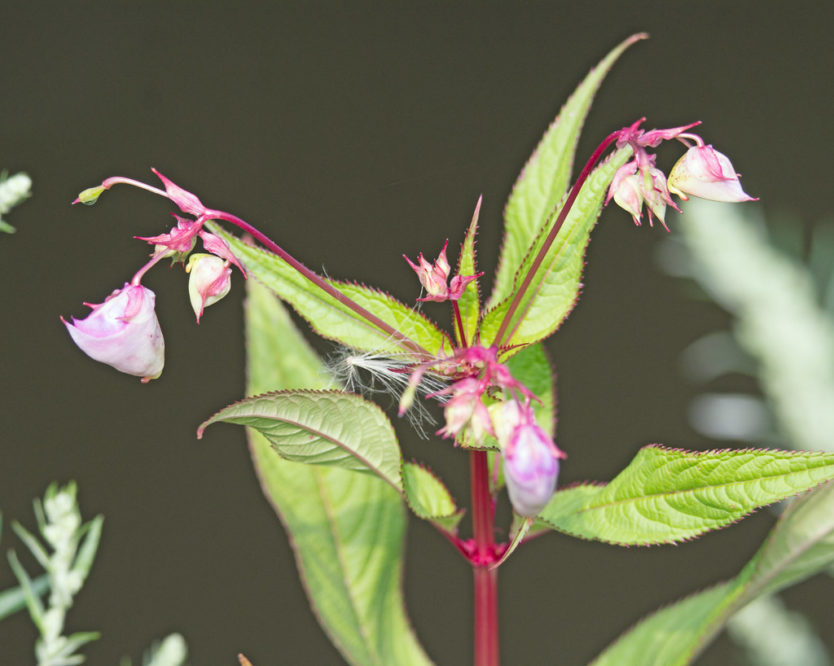
Devastating results
One glaringly regrettable decision came when Himalayan balsam was introduced to Great Britain in the 19th century.
With the naïve intention of simply adding colour to our gardens, the seeds from this richly colourful plant soon escaped, becoming densely populated along our riverbanks and ditches.
It has produced devastating results, and whilst a hit with our bee populations, it grows rapidly at the expense of native plants.
We also have a litany of examples where our activities, direct or indirect, have resulted in the disappearance of some species and rendered others almost incapable of being salvaged.
One such species, teetering on a precipice, is the rhinoceros.
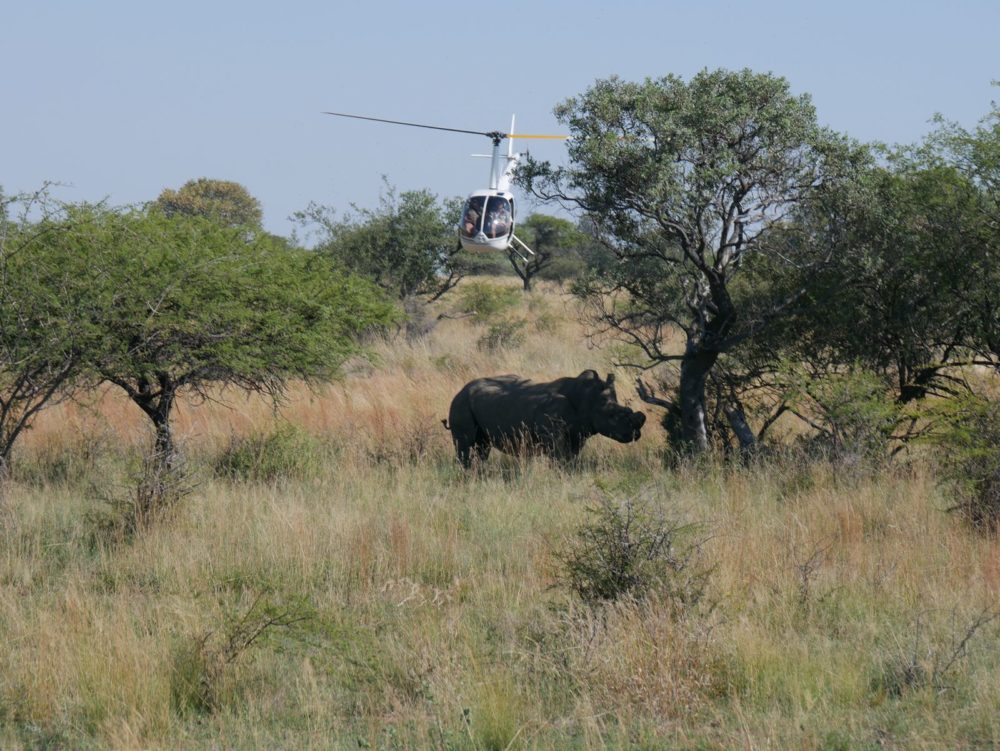
Critically endangered
In 2023, of the 5 rhino species, 3 were registered as critically endangered, 1 vulnerable and, the largest by number, the white rhino, has the inauspicious title of ‘near threatened’.
Their (rhinos) depressing numbers are an example of one of humankind’s worst demonstrations of greed.
Killing rhinos, mostly barbarically, for their horn is not a new trend but its impact, together with the loss of their habitat, has produced some profound results.
Current estimates see both the Javan and Sumatran rhino numbers below 100 individual animals each.
Bounty
There’s an eye-watering bounty on all rhino horns, with figures, for some species, reaching tens of thousands of dollars for each kilo.
An illegal and precious commodity (rhino horn), with its value steeped in erroneous misunderstanding and mystery spanning thousands of years.
Rhino horn is composed mainly of keratin (with some minerals), a protein found in human hair and fingernails, and, like horse’s hooves or a turtle’s beak, rhino horn is solid (savethehrino.org).
So, knowing its constituents, why does the horn still command such a value?
Rhino horn is a much sought after ingredient in traditional Asian medicine, dispensed to treat everything from fevers and hangovers to more serious ailments and diseases.
And yet, there is no proven medicinal value in using rhino horn. More depressing is the use of horn to create ornate carvings with its presence in homes and businesses viewed as a status of wealth.
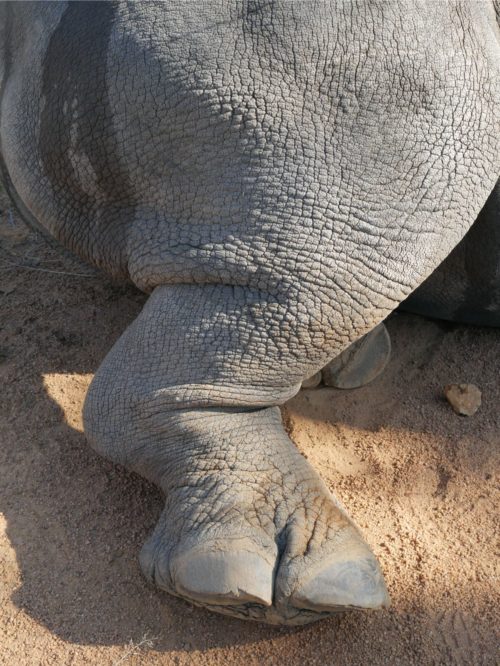
Sacrifices
I have had the privilege of seeing the very best qualities of humankind working as a vet.
I have spent time in the company of people who make sacrifices on behalf of animals and humans that rarely gain the recognition or gratitude that matches their effort.
In recent years I’ve visited South Africa and worked within the confines of rhino conservation, doing whatever is feasible to preserve these peculiar looking dinosaurs.
These giants are a fastmoving dichotomy: powerful, dangerous and frightening on one hand, and on the other vulnerable, and so desperately in need of sustainable viable solutions to conserve.
Their position on the roster of species under threat is dependent on your viewpoint, but I can say with some conviction that I will struggle to laud the virtues of conservation if we let this animal become merely an illustration in children’s books rather than something that can be seen and admired.
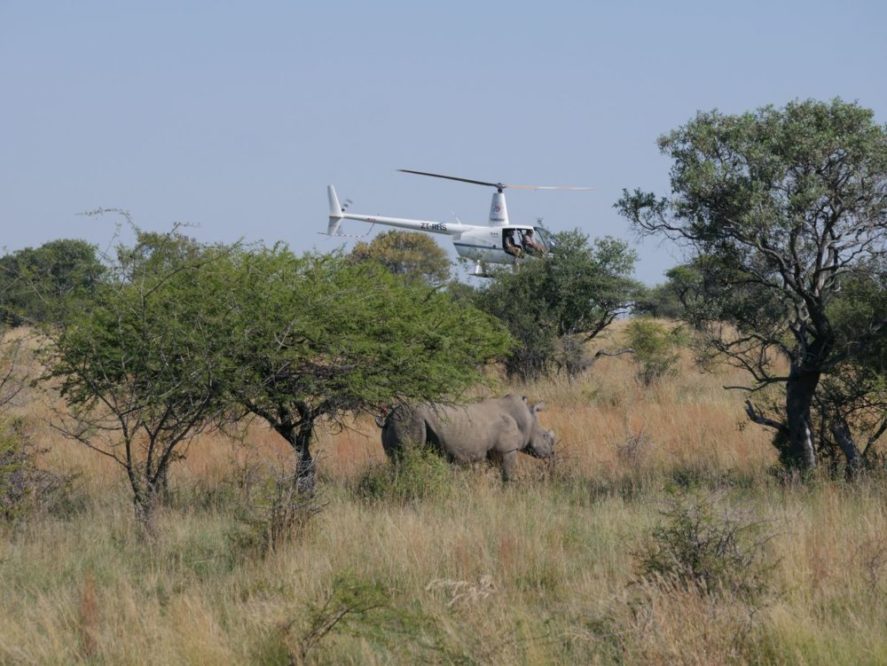
Danger
The practical activities involved in trying to conserve the rhino are fraught with danger, including running anti-poaching teams: pitting committed individuals directly against poachers, often armed, and running rhino horn trimming exercises.
Rhino horns are removed simply to deter poachers. Sadly, the laws of biology sees the horn grow back and so a regular costly and dangerous programme is needed to keep the horns short.
Removing cattle horns, for example, is a relatively straight forward exercise, in comparison, removing or trimming rhino horn involves helicopters handling some extremely potent drugs and monitoring sedation in often less than agreeable animals weighing up to 2500kgs.
The adjectives to describe the experience when supporting rhino horn trimming exercises are plentiful and obvious.
Some of the physical feelings are expected; the helicopter above, the controlled high-energy chase, first in a vehicle then on foot through the African flora, will result in adrenaline levels akin with any rollercoaster ride.
Emotions
What is a surprise, however, are some of those unexpected emotions that wash over as you kneel by the rhino and carry out much needed tasks on the heavily sedated animal.
From measuring their breathing rate, administering medicines, checking for ticks etc. staff will have a small window to carry out these key tasks.
You are immediately overwhelmed by the animal’s size and power as the enormous rhino takes long slow breaths, the odd grunt reverberating through your chest, reminding you, if you needed it, that this is no ordinary patient.
A sense of helplessness, of looming failure will bring some to tears, collective recognition that we shouldn’t have to do this and yet we are seemingly left with little choice.
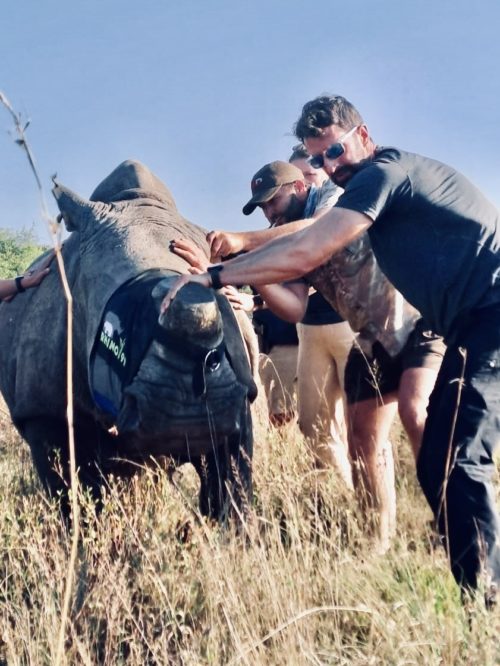
Meticulous planning
Every time I’ve been involved with rhino horn trimming events, I have been amazed by the level of meticulous planning involved and near perfect execution.
Whilst everything possible is considered for the safety of humans, the stress and welfare of each animal is also carefully considered.
I have sedated heavy bulls in fields, anaesthetised horses, and these were my benchmarks before taking an active role in my first rhino event.
I am amazed, despite the frenetic human activity, as to how calm the rhinos are and how unfazed they seem shortly after recovering.
I am now a trustee for a UK charity, Animal Saviours, that punches well above its weight.
We arrange and facilitate teams of volunteers, from across the world, to visit and take part in conservation and, seasonally, rhino horn trimming events each year.
I have recently returned from South Africa, supporting 15 individuals who have all had profound experiences that will shape their lives like it has mine.
I’m hoping this piece will educate many, anger some but enthuse all. I’ve found my conservation story. What might yours be?
Letting the Cat Out of the Bag: The Secret Life of a Vet by Siôn Rowlands is published by Two Roads and is available from all good bookshops.
Read previous instalments in this series here.
Support our Nation today
For the price of a cup of coffee a month you can help us create an independent, not-for-profit, national news service for the people of Wales, by the people of Wales.






